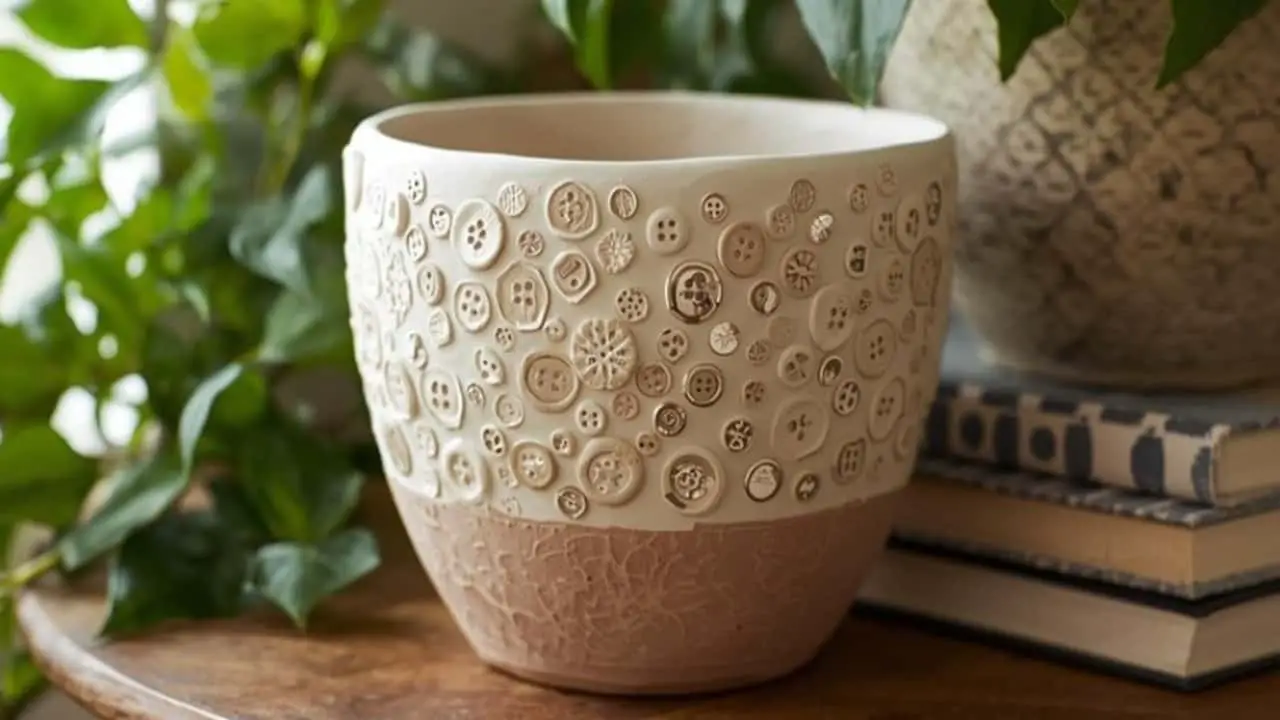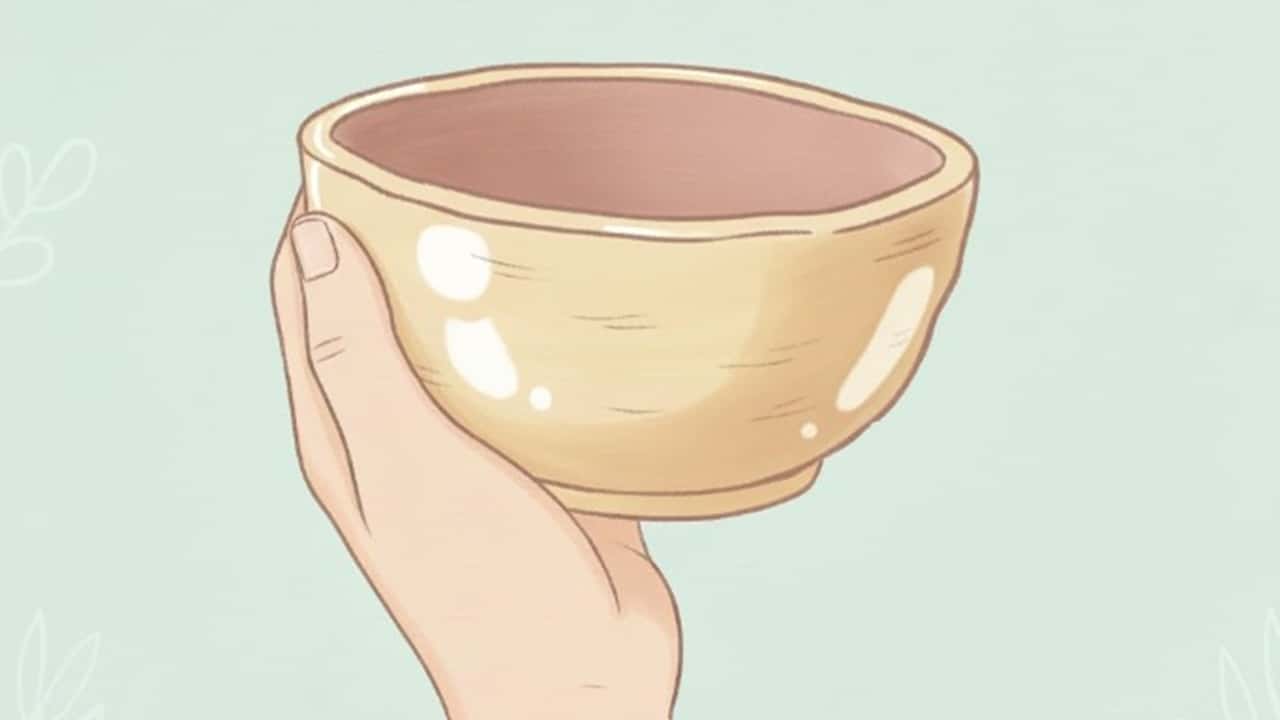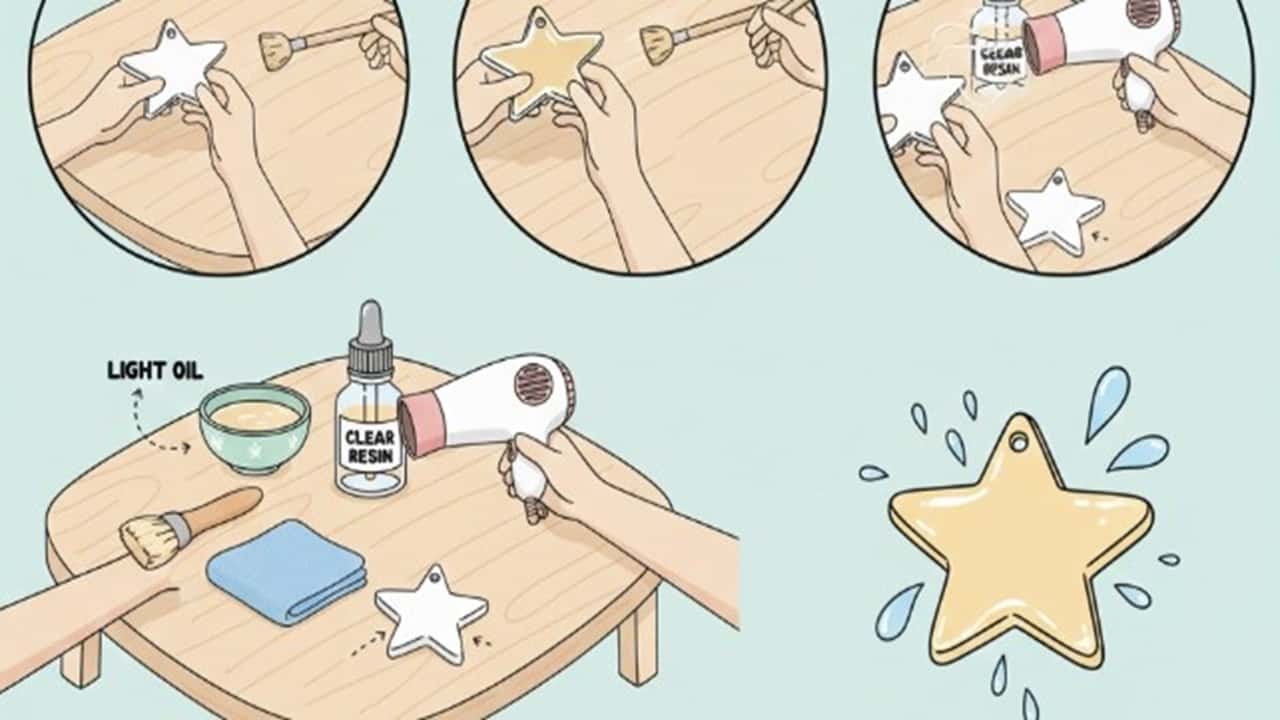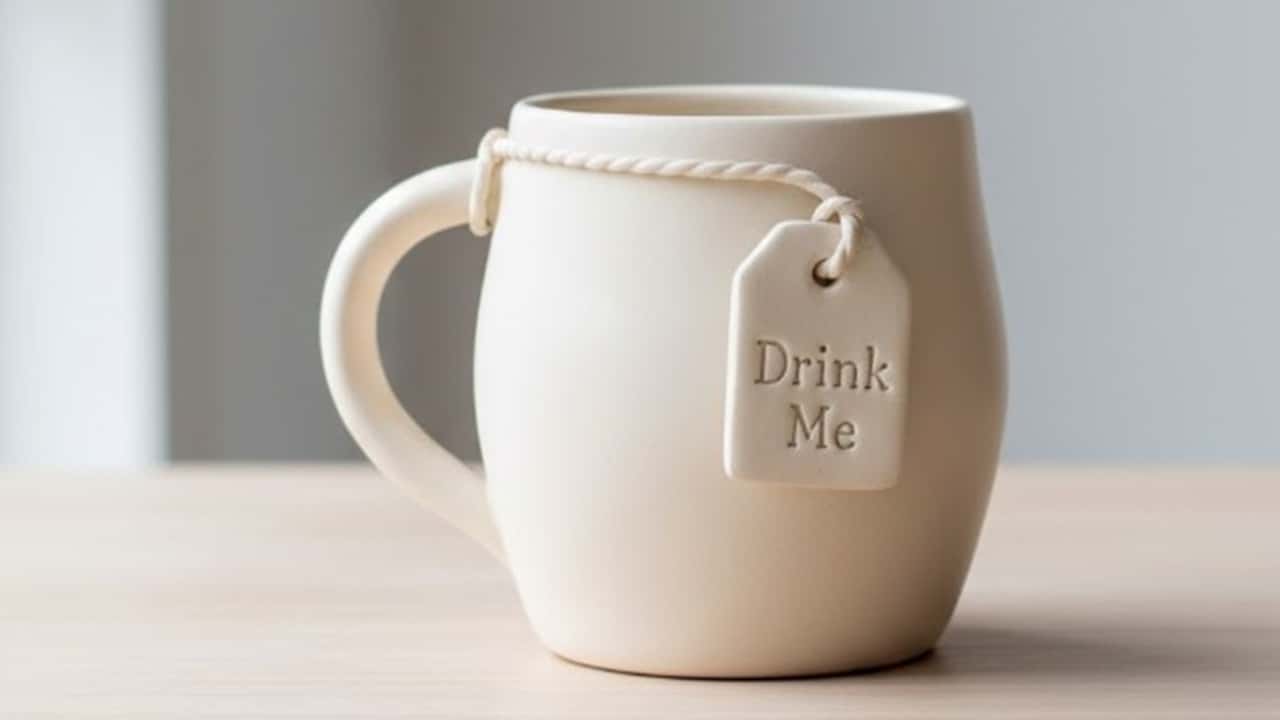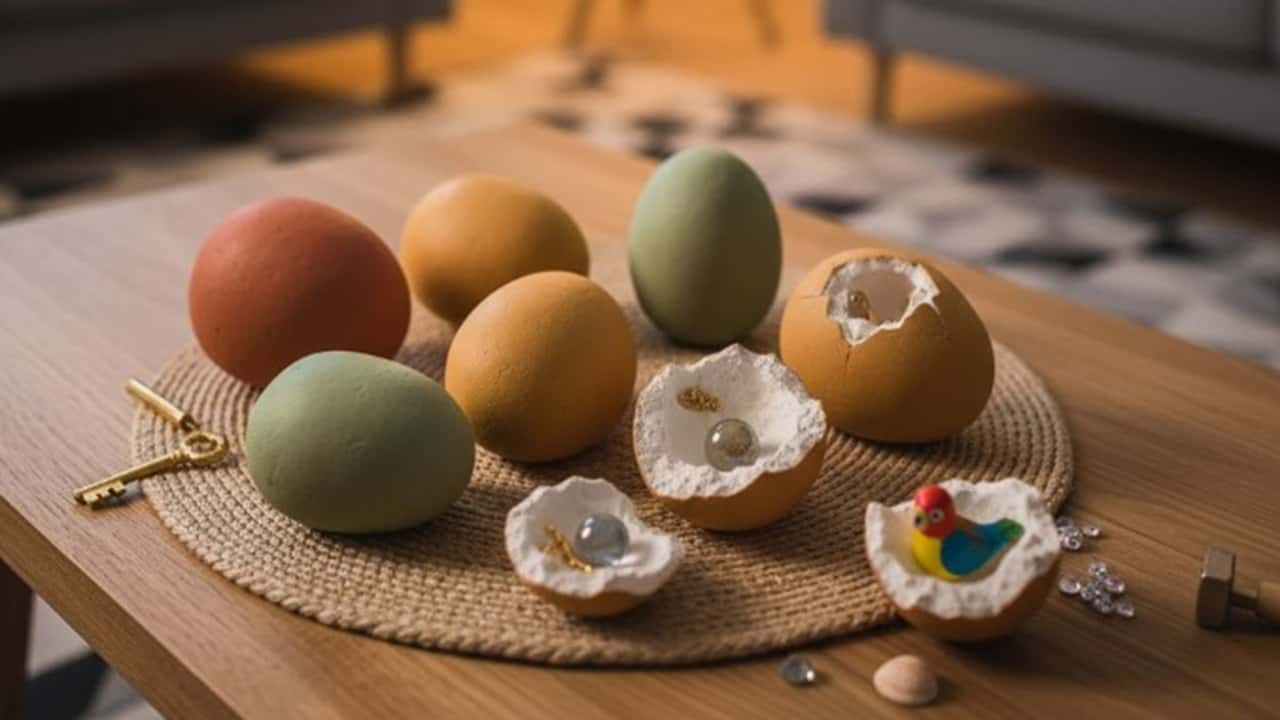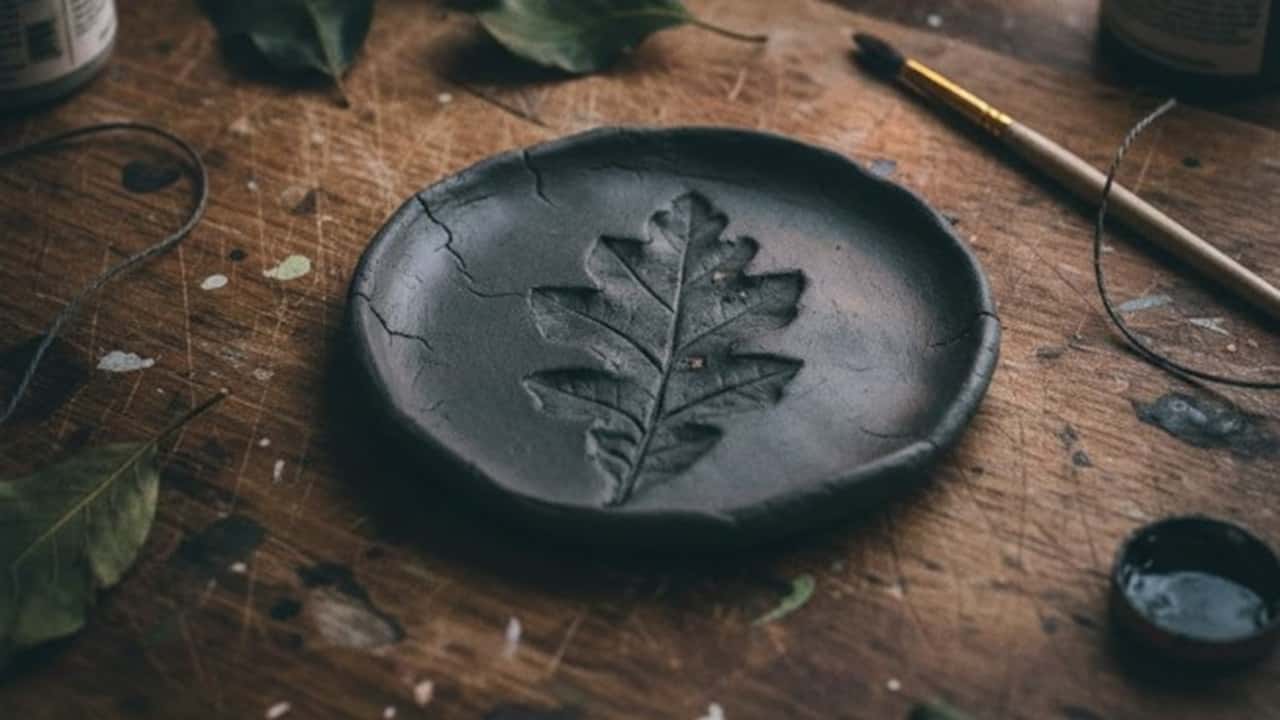Have you ever gazed longingly at a blank sheet of watercolor paper, sketch in hand, wondering how to bridge that gap between imagination and reality? I’ve been there, friend.
After spending countless hours perfecting my transfer techniques and teaching workshops across the country, I’m thrilled to share a game-changing approach that will transform your artistic journey.
Why Proper Watercolor Transfer Matters More Than You Think
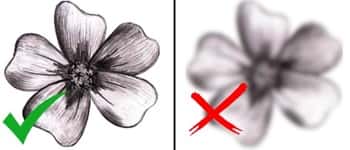
Let’s have a heart-to-heart moment here.
The foundation of any masterpiece isn’t just about the paints you use or the brushes you wield – it’s about getting that initial drawing onto your paper with precision and care.
Think of it as preparing a gourmet meal; you wouldn’t cook with inferior ingredients, would you? The same holds true for your artistic endeavours.
Quick Artist Tip: Your transfer method can make or break your final piece. Choose wisely!
Essential Tools for Perfect Transfers
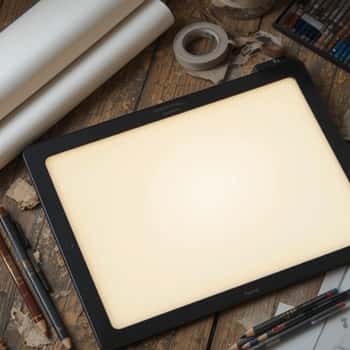
Before we dive into the techniques, let’s talk about the tools that will make your artistic life infinitely easier.
Here’s what I’ve found works best after years of experimentation:
The Game-Changing Light Pad
I cannot emphasize enough how the Artograph LightPad Series revolutionized my workflow.
The LightPad X12 (available on most art supply websites) has been my constant companion for years.
Its even illumination and adjustable brightness make transfer work a breeze, especially for intricate details.
Premium Transfer Paper
While many artists opt for basic graphite paper, I’ve fallen in love with Saral Transfer Paper, particularly their white and gray varieties.
They leave clean, precise lines that won’t smudge under your watercolors – a game-changer for professional results.
The Perfect Pencil Companion
My secret weapon? The Faber-Castell Graphite Pencil Set.
These pencils offer varying hardnesses that work beautifully for different transfer techniques.
The 2H grade is particularly excellent for creating lines that won’t show through your watercolors.
Affiliate Disclosure: Kitchen tools and ingredients mentioned in this post have been carefully selected based on years of professional experience. Some links above and within the article are affiliate links, meaning I earn a small commission if you make a purchase. Rest assured, I only suggest or recommend kitchen essentials or things I use and trust in my own kitchen.
The “Sandwich Method” – A Revolutionary Transfer Technique
Now, here’s where I’m going to share something unique – my personally developed “Sandwich Method” for transfers.
This technique combines traditional methods with a modern twist, ensuring perfect transfers every time.
Step 1: The Perfect Setup
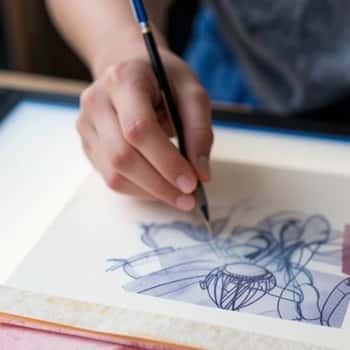
- Your light pad should be placed on a level surface.
- Layer your watercolor paper (I recommend Arches 140lb Cold Press)
- Position your original drawing
- Secure all layers with low-tack artist tape
Step 2: The Magic Touch
Here’s where my method differs from traditional approaches.
Instead of pressing hard and risking paper damage, use gentle, circular motions with your 2H pencil.
This creates a more organic line that better accepts watercolor.
Step 3: The Secret Sauce
Now for my special twist – before removing your drawing, lightly mist the back of your watercolor paper with a fine spray of water.
This technique, which I call “moisture setting,” helps the transferred lines bond with the paper fibers, preventing them from lifting during painting.
Advanced Techniques for Different Papers
Different papers require different approaches. Here’s a quick breakdown:
- For Hot Press: Use lighter pressure and the moisture setting technique
- For Cold Press: Apply medium pressure and skip the moisture setting
- For Rough: Employ the “double transfer” technique (explained below)
The Double Transfer Technique
This is particularly useful for rough paper:
- Transfer to tracing paper first
- Flip the tracing paper
- Transfer again to your watercolor paper
- Result: Cleaner lines on textured surfaces
Troubleshooting Common Transfer Issues
Even experienced artists encounter challenges. Here are solutions to common problems:
Faint Lines
Solution: Instead of pressing harder, try using a softer pencil (B grade) with lighter pressure. This prevents paper damage while achieving better visibility.
Smudged Transfers
Prevention: Place a clean sheet of paper under your hand while working. I recommend the Strathmore Artist Papers – their smooth surface prevents oils from your hand from affecting the transfer.
Taking Your Transfers to the Next Level
Ready to elevate your game? Consider investing in these game-changing tools:
1.) The Huion Light Box A4 Ultra-Thin Portable LED Light Pad
- Perfect for travel
- USB-powered convenience
- Adjustable brightness levels
2.) Strathmore 300 Series Tracing Paper
- Ideal for the double transfer technique
- Crystal clear visibility
- Sturdy enough for multiple uses
3.) Faber-Castell Perfection Eraser Pencil
- Precise corrections
- Clean removal of transfer lines
- No paper damage
Pro Tips for Success
After years of teaching workshops, here are my top tips:
- Always test your transfer method on a scrap piece of the same paper you’ll use for your final piece
- Keep your light pad at 50% brightness to prevent eye strain during long sessions
- Use removable tape to test positioning before committing to your transfer
Why Quality Tools Matter
While budget options exist, investing in quality tools makes a significant difference in your artistic journey.
The right tools not only make the process more enjoyable but also ensure professional results that will make your artwork stand out.
Final Thoughts
With the right tools and techniques, you can not only improve your accuracy but also gain confidence in your work.
Invest in quality materials, experiment with different techniques, and most importantly, enjoy the journey of creating art.
Remember, the perfect transfer is just the beginning of your watercolor journey.
